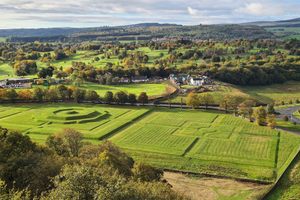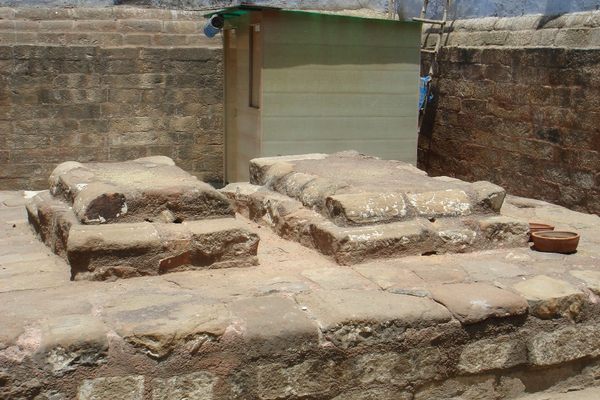About
Hidden among the many tombstones of this centuries-old churchyard is a grave that depicts a nefarious trade in the medical profession during the 19th century
Prior to the Anatomy Act of 1832, medical institutions were only allowed to dissect corpses that came from the gallows. However, because there was such a growth in the number of schools that taught the sciences, there was an increased demand for bodies. Resurrectionists, or body snatchers as they were more commonly known, made it their professions to supply schools with the much-needed materials.
Graveyards were ripe with "goods" that these grave robbers could get their hands on. This grave marker shows such a scenario, portraying a thief lifting the dead body out of the grave. It’s interesting to note that most Body Snatchers would steal only the corpse, as there were laws prohibiting the theft of possessions such as jewelry, but there were no laws against taking the body. A specimen in "good condition" could garner the procurer 10 shillings, or a few months’ wages in today's terms.
There is no information as to whom this tombstone belongs, nor is there any record on why such a scene was chosen. It could be used as a deterrent, or perhaps a symbol of memento mori, meaning, you too shall die. On closer inspection, the reverse side is emblazoned with what looks like the number four and several x's. This could indicate that whoever was buried here was a member of The Stirling Guild of Merchants.
Related Tags
Know Before You Go
Old Town Cemetery is located on church grounds, so the gates may be locked at night. The grave may be difficult to spot among all the headstones. With your back to the Holy Rude Church building and to the right, head toward the only hill located within the grounds (there should be a tree nearby). About three or four rows back from this location, you'll see this marker, a large black square that is slightly tilted.
Community Contributors
Added By
Edited By
Published
January 17, 2019


































